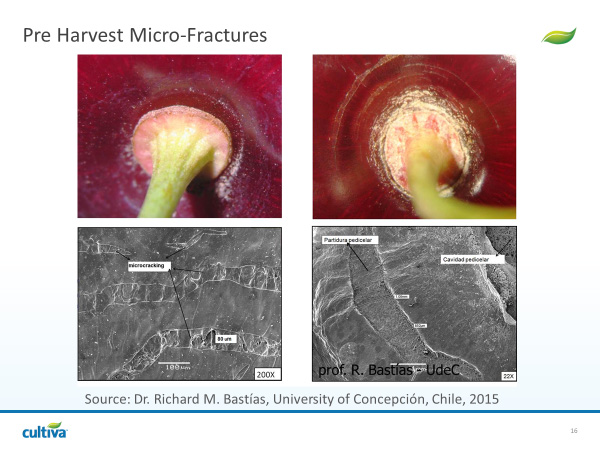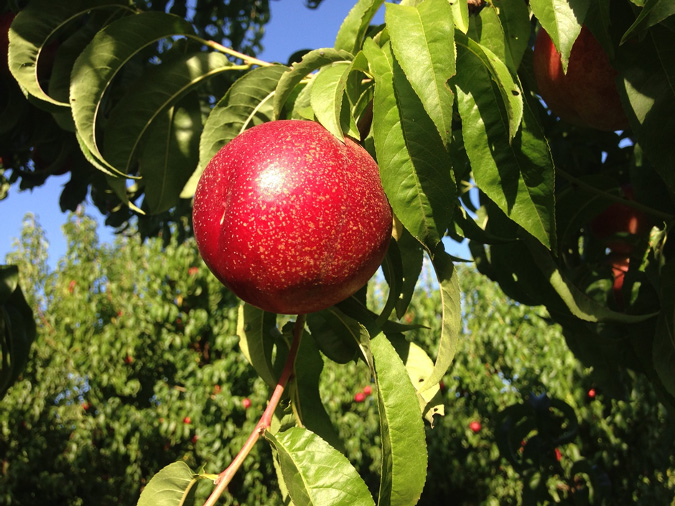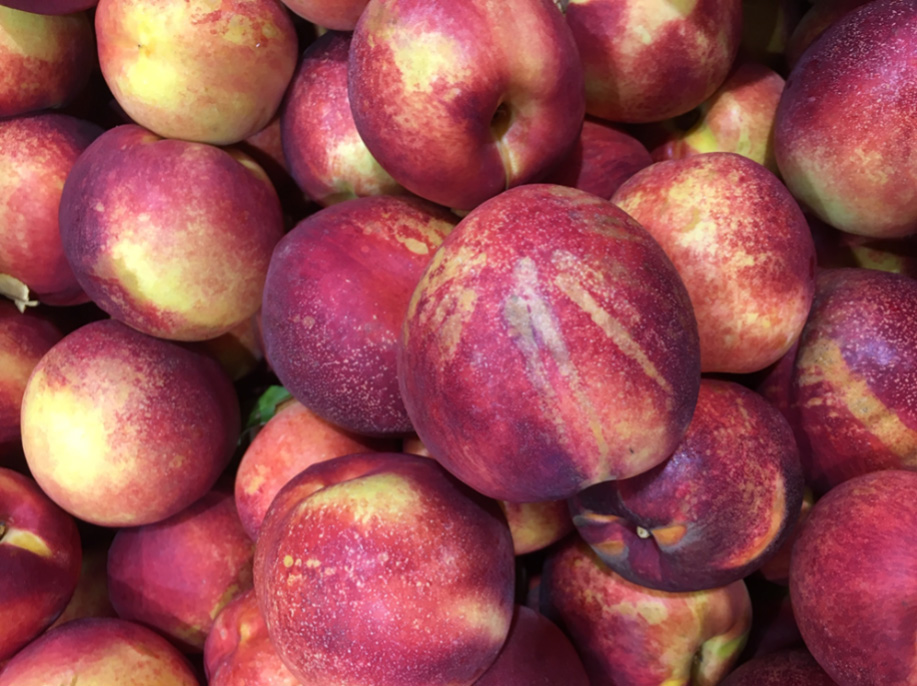Stress and Strain in the Fruit Skin and Cuticle
Fruit cracking is a physiological disorder that occurs during fruit development and is influenced by functional, genetic and environmental factors. Microcracks occur during deposition of the cuticle due to the weather and environmental factors. With extremely rapid fruitlet growth during the cold-cloudy-sunny-wet spring days, the stresses and strains on the developing fruit and its primary protector the cuticle are severe.
The most susceptible period for fruit cracking is generally in the last growth phase of rapid fruit expansion and when it rains near harvest. However, the cuticle is deposited during the fruit’s growth Phase 1 from shuckfall to straw, the micro-cracks and imperfections in the cuticle develop during this time rendering the fruit more susceptible to cracking during the fruit fill stage.
The cuticle is a natural waterproof barrier that protects plant tissues from stress damage and environmental damage. Imperfections and micro-cracks in the cuticle intensify the stresses and strains of the cuticle during the rapid growth phase.
Parka is the specialist cuticle supplement that repairs andsupplements the natural cuticle.
The foundation of Parka is the understanding of the natural cuticle layer, its composition, function and purpose in protecting the plant.
The components of Parka are very similar to the already existing cuticle. Parka is a phospholipid and polysaccharide-based product designed to supplement the naturally occurring cutin and waxy-layers of the plant’s cuticle. Its unique traits provide cracking protection, reduction in doubles and fruit quality augmentation.
Parka supplements the cuticle of the cherry, coating it with a clear, hydrophobic, and elastic lipid bi-layer that expands along with the developing fruit. This early application at fruit set fills in microfractures as they begin to develop. Parka also increases cracking resistance by enhancing cell membrane stability.
The cuticular membrane covers the stems, leaves, flowers and fruits of plants. It forms a boundary between the plant and the external environment and is integral in protecting the aerial plant organs.
This membrane has a major effect on fruit cracking in cherry, russet in apples and pears, inking and staining in peaches and nectarines.

Environmental Factors
Water is the main environmental factor causing fruit cracking. Both soil water and water on the fruit surfaces from rain are important factors inducing fruit cracking. Exposing the fruit surface to liquid water or high-water vapor allows water to enter the fruit through microcracks and imperfections in the cuticle membrane.
Because Parka supplements and stabilizes the cuticle of the fruit, it is less susceptible to cracking. Parka provides the physical protection of a clear, hydrophobic and elastic lipid bi-layer that reduces the amount of water entering the ripening cherry during a rain event. This layer also reduces water loss from within the fruit during periods of high temperatures.
Parka Program
For cracking prevention, Parka should be applied to cherries at fruit set and again at straw colour. Early applications help repair and prevent the development of microfractures responsible for fruit cracking.
A third spray is recommended if a rain event is expected more than 10 days after the second application.
GA and Parka.
Dr. Karen Sagredo, from the University of Chile, initially evaluated the use of Parka in cherry for cracking reduction and in apple for sunburn protection.
The most significant finding was another effect, the application of Parka together with gibberellic acid (GA). When applied together, Parka facilitates the penetration of GA and lengthens the uptake-time so that the GA permeates the fruit more efficiently, especially under less-than-ideal weather conditions.
Parka reduces the susceptibility to cracking and GA increases the firmness of the fruit.
Other fruit crops – ‘It All Goes Back to The Cuticle’
As Parka is a specialist cuticle supplement, Parka provides significant sunburn protection with reduced environmental stress to apples and reduces cuticle and fruit skin damage such as russeting and wind rubbing on susceptible crops like pears, and blushed cherries.
Peach and nectarine skin disorders such as inking and streaking are prevented by Parka. These brown to black patches or stripes on the skin result when the skins cells are damaged, and the red pigment (anthocyanin) oxidises with heavy metals. These metals are usually on the surface of the fruit are from dust (iron), foliar nutrients and some pesticides. Parka forms a physical protective barrier between the delicate skin and the dust or heavy metals protecting the cells from oxidation and the development of inking.
Parka-treated trees have a superior adaptation to environmental stress conditions and overall tree performance. By strengthening the leaf cuticle, increasing the amount of chlorophyll, and increasing leaf stomatal conductance, Parka applications allow the tree to continue photosynthesizing and support fruit development.



